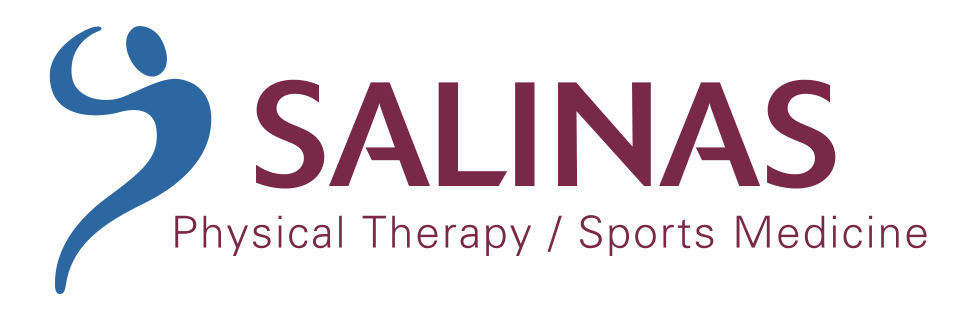Phone: (714) 695-1566
Fax: (714) 695-1553
Email: info@salinaspt.com
23655 Via Del Rio, Suite C
Yorba Linda, CA 92887

Phone: (714) 695-1566
Fax: (714) 695-1553
Email: info@salinaspt.com
23655 Via Del Rio, Suite C
Yorba Linda, CA 92887

Starting a fitness journey can be a mixed bag of sensations. On one hand, there’s the sense of accomplishment, endorphins, and vitality that exercise brings. On the other, there’s pain. But not all pain is created equal. Understanding the difference between good pain vs. bad pain is key to maximizing your workouts while safeguarding your health. In this blog, we’ll cover the intriguing world of pain, helping you distinguish between the two and guiding you toward safer, more effective workouts.
Before we discuss the difference, we need to understand how the term “pain” works. We consider pain as a warning signal produced by your brain to protect your body. Think about touching a hot stove, our brain instinctively tells our body to pull away protecting us from severe burn. But what about the adage, “no pain, no gain”? Well, that depends on whether the pain is harmful and causing damage or if the pain is a result of the body’s reaction to stress, like exercising or playing sports. In the rehab setting, we often navigate painful conditions and have to decide what is good pain and what is bad pain.

Listen to Your Body: Pay close attention to what your body is telling you. Learn to distinguish between the discomfort of muscle fatigue and the warning signs of bad pain.
Progressive Overload: To make gains in fitness, it’s necessary to gradually increase the demands you place on your body. But this should be a gradual process, allowing your body time to adapt without causing bad pain.
Proper Warm-up and Cool Down: Adequate warm-up and cool-down routines can help reduce the risk of bad pain. Warm-up prepares your body for exercise while a proper cool-down helps prevent excessive post-workout soreness. If you need some tips on how to get started, check out our Movement Prep article.

In good health,
Disclaimer: The information provided on SalinasPT’s blog is for general informational purposes only and should not be considered a substitute for professional medical advice. We strive to ensure the accuracy and timeliness of the information. By using this website, you acknowledge that you assume full responsibility for any actions takes based on the information provided, and we disclaim all liability for any damages or consequences resulting from such actions. Always consult a qualified healthcare professional for personalized medical advice and treatment.